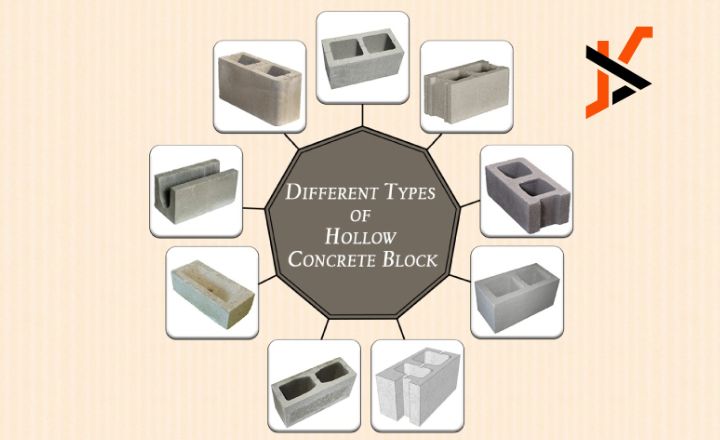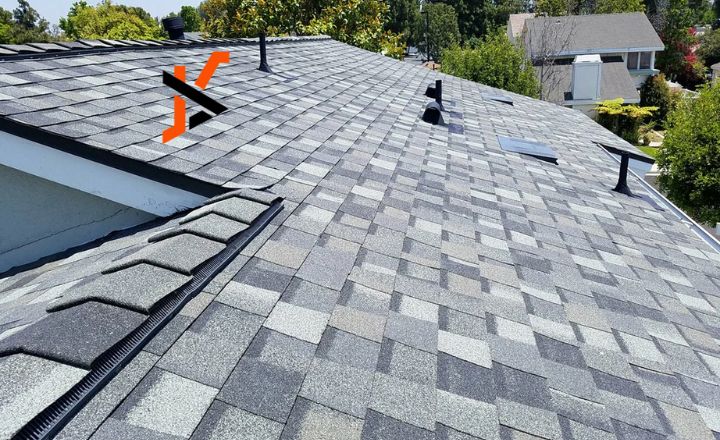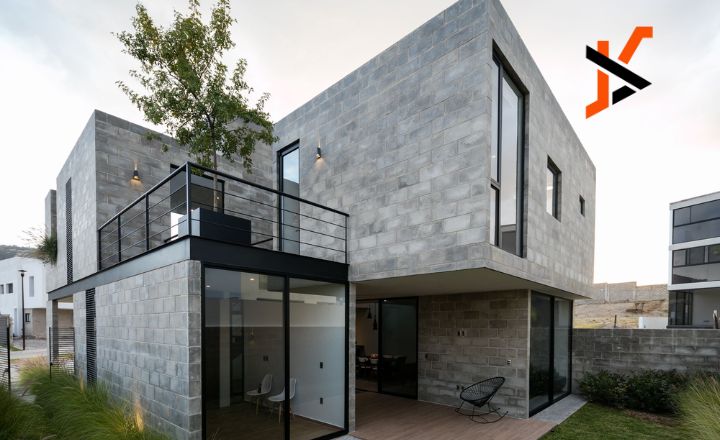When it comes to constructing a home, many options are available, but one material stands out for its durability and versatility: concrete. A concrete block house offers numerous advantages that make it an appealing choice for homeowners and builders alike.
This article explores the benefits, construction processes, and sustainability of concrete block houses, offering a comprehensive overview of why this building method is gaining popularity.
Understanding Concrete Block Construction
Concrete blocks, often referred to as cinder blocks or masonry blocks, are large rectangular bricks made from a mixture of cement, water, and aggregate materials such as sand or gravel. These blocks are manufactured in various sizes and shapes, allowing for flexibility in design and construction. The use of concrete blocks in building homes dates back to the early 20th century, and since then, they have evolved into a preferred choice for many architects and builders.
The Composition of Concrete Blocks
Concrete blocks are typically composed of Portland cement, which serves as the binding agent, aggregates that provide bulk, and water. The proportions of these ingredients can be varied to achieve different strengths and insulation properties. For instance, lightweight concrete blocks incorporate expanded clay or shale aggregates, making them easier to handle while providing good insulation.
Types of Concrete Blocks
There are several types of concrete blocks, each suited to specific applications:
- Hollow Concrete Blocks: These are the most common type, characterized by hollow cores that reduce weight and enhance insulation.
- Solid Concrete Blocks: Heavier and denser, these blocks are used in areas that require additional strength, such as load-bearing walls.
- Insulated Concrete Forms (ICFs): These blocks have insulation built into their design, enhancing energy efficiency and providing excellent thermal performance.
- Decorative Concrete Blocks: Used for aesthetic purposes, these blocks come in a variety of textures and colors, allowing homeowners to create visually appealing designs.

Advantages of a Concrete Block House
- Durability and Strength
One of the most significant advantages of a concrete block house is its exceptional durability. Concrete blocks resist weathering, pests, and mold, making them suitable for a wide range of climates. Unlike wood, which can warp or rot over time, concrete maintains its structural integrity for decades, if not longer. This strength also means that concrete block homes can withstand natural disasters such as hurricanes and earthquakes better than traditional wooden homes. - Energy Efficiency
Concrete block houses are inherently energy-efficient. The thermal mass of concrete allows it to absorb heat during the day and release it slowly at night, helping to maintain a consistent indoor temperature. This property reduces the need for heating and cooling systems, leading to lower energy bills. When combined with insulation, concrete block construction can significantly enhance a home’s energy efficiency. - Fire Resistance
Fire safety is a crucial consideration in home construction. Concrete block houses are non-combustible, which means they do not burn. This feature provides an added layer of safety for homeowners, especially in areas prone to wildfires. In the event of a fire, concrete blocks can help contain the flames, allowing for a safer evacuation and reducing damage to the structure. - Low Maintenance
Maintenance is often a significant concern for homeowners. Concrete block houses require minimal upkeep compared to other materials. They do not need to be painted regularly, and their resistance to mold and pests means less need for repairs. A simple wash with water and mild detergent is usually sufficient to keep the exterior clean.
Construction Process of a Concrete Block House
Building a concrete block house involves several steps, each essential to ensuring the structure’s strength and durability.
1. Planning and Design
The first step in constructing a concrete block house is thorough planning and design. Architects and builders will collaborate to create blueprints that outline the dimensions and layout of the home. This stage also includes selecting the appropriate type of concrete blocks, which can vary based on local building codes and climate conditions.
2. Foundation Preparation
A solid foundation is critical for any home, and concrete block houses are no exception. Builders will excavate the site, ensuring that it is level and free from debris. A reinforced concrete slab or footing is typically poured to provide a stable base for the walls. The foundation must be designed to support the weight of the concrete blocks, which can be substantial.
3. Wall Construction
Once the foundation is set, the construction of the walls begins. Concrete blocks are laid in a staggered pattern, which adds strength to the structure. Mortar is applied between the blocks to bond them securely. Builders often incorporate steel rebar within the walls to enhance stability, particularly in regions prone to seismic activity.
4. Roof Installation
After the walls are complete, the next step is to install the roof. This can vary depending on the design of the house, but a common choice is a concrete or tile roof that complements the durability of the walls. Proper insulation and ventilation systems are also installed to ensure energy efficiency.

Challenges of Building a Concrete Block House
While there are many advantages to concrete block construction, it is essential to consider potential challenges as well:
- Initial Cost: The upfront cost of building a concrete block house can be higher than traditional wooden homes. However, this is often offset by long-term savings in maintenance and energy costs.
- Construction Time: Building with concrete blocks can take longer than other materials due to the need for careful planning and the curing time for concrete.
- Limited Aesthetic Flexibility: While there are decorative options available, some homeowners may find concrete block houses less customizable in terms of appearance compared to wooden homes.
- Insulation Needs: While concrete blocks offer some thermal mass benefits, additional insulation may be necessary to meet energy efficiency standards, especially in extreme climates.
Conclusion
A concrete block house presents numerous benefits that make it a wise choice for modern homeowners. From its durability and energy efficiency to its low maintenance requirements and sustainability, concrete block construction offers a compelling alternative to traditional building methods. As the demand for resilient and eco-friendly homes continues to grow, concrete block houses are likely to remain a popular option for those seeking a long-lasting and efficient living solution.
Investing in a concrete block house not only ensures a safe and comfortable living space but also contributes to a more sustainable future. Whether you are planning to build a new home or considering renovations, concrete blocks should undoubtedly be on your radar. The advantages far outweigh the challenges, making this building method a smart choice for the environmentally conscious homeowner.

